Meditation is one of the greatest adventures your mind can embark upon.
Meditation…that’s certainly a BIG topic! There are different types, practices, techniques, approaches, and benefits of meditation. So it can often appear very complicated and confusing to start meditation as a daily practice to calm your mind and find some inner peace.
But how can I find peace through something so complicated?
How do I know which approach is best for me as a beginner?
How long should I meditate every day when I can barely manage time for myself?
How do I even meditate, to begin with?
Whoa! Breathe! Take a deep slow breath in on my count…1…2…3. Now slowly release your breath…1…2…3.
Feeling calm yet? Well, that was your very first lesson in meditation. It’s THAT simple.
Today the word ‘meditation is used very inaccurately and loosely, especially in North America. And this has resulted in a lot of confusion among beginners about how they should practice it. Well, no worries. Welcome to my meditation for beginners guide where you will find out everything you will ever need to know about meditation, which approach will be best for you, and how you can get started right away.
Here we go.
Related: Why You Should Give Meditation a Try- Know the benefits
Meditation is about understanding yourself
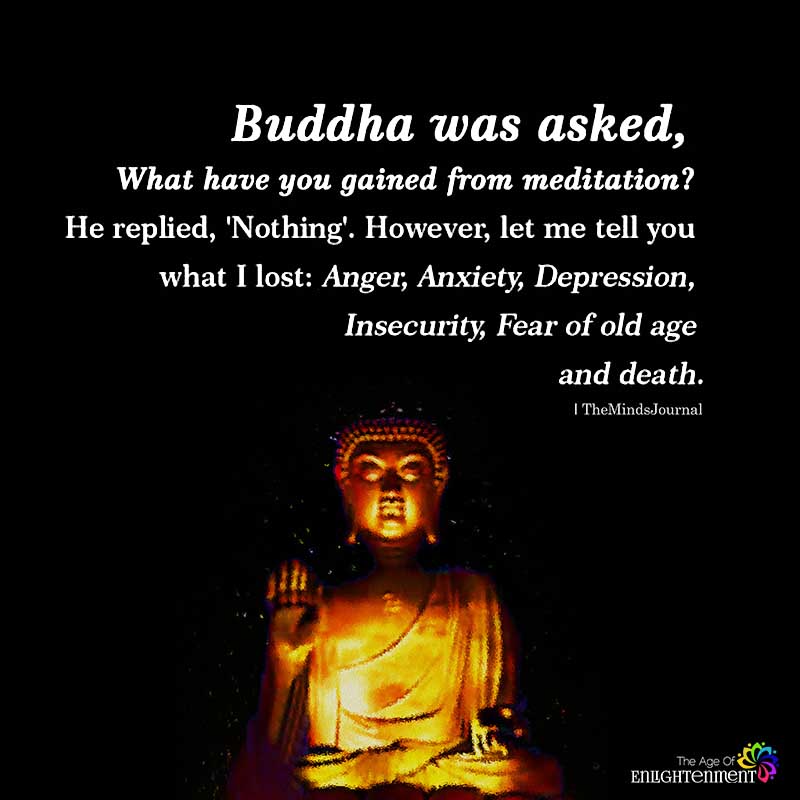
Meditation is hands down the best practice I have started to improve my mental health in the past few years. Being a follower of Buddhism, I turned to meditation to cope with my depression and it has helped me become more at peace with myself. Today I am a happier, more focused, and confident person who worries less, appreciates what he has and who is aware of himself. No, I am no monk neither am I perfect. I am now simply a better version of myself thanks to my daily practice of meditation.
Meditation has allowed me to take a deeper look at my mind and my thoughts to understand how I behave and react to certain situations, unwillingly at times. Now I can make decisions the way I want to, instead of reacting to situations on auto-pilot mode. By understanding myself better, today I have better control over myself. And at the end of the day, that’s the only thing that matters.
Meditation 101
Meditation is a state of being that you can achieve through daily practice.
Yes. Meditation can seem difficult when you are just getting started. The moment you sit down and close your eyes, a thousand thoughts will cross your mind and you will feel a cyclone of emotions. You will feel confused and disoriented.
Is this how meditation is supposed to feel like?
Aren’t I supposed to feel calm and peaceful?
Isn’t my mind supposed to be completely blank devoid of any thoughts?
Then why does my mind feel even more busy than normal?
Well, this IS normal. This is exactly how I felt when I started practicing mindfulness meditation years ago and it took me some time to get the hang of it.
As I said, meditation is a state of being which can take years of practice to perfect. The practice of meditation is not like the highway where you can clearly see the road ahead and drive ahead smoothly. It is more like the waves of the ocean that keeps going up and down repeatedly. Your meditation experience will be different every time.
One day you will feel peaceful while the very next day you may find yourself thinking about that thing from work. There is no right or wrong meditation. The focus is not on what you feel while meditating. The focus is simply on the practice of meditation.
Related: Genius School Replaces Detention With Meditation And Has Achieved Wonders
What you need to know as a beginner
Just like we go to the gym to train our bodies, we meditate to train our minds.
Meditation refers to a practice of being and not a specific thing. As a beginner, you might find it very difficult to sit still in a meditative posture for hours and try to empty your mind by not thinking about anything. And that is the worst thing you can do to start practicing meditation.
Meditation is not about having an empty mind or not having any thoughts or thinking about peace and bliss. That is just a myth. Meditation is actually very simple. It is not as complicated as some of the meditation gurus (read entrepreneurs) will make you think so that you spend your moolah and make them rich to find inner peace.
Meditation is nothing but a simple practice that most of us over-complicate unnecessarily.
In the simplest terms, meditation is about awareness. It is about being aware of your breath. Remember how I asked you to breathe in and out? The act of inhaling and exhaling and putting your complete attention on your breath. That is the core of meditation. This is how we train our minds. This is the basic concept of meditation. You don’t need a guru or an app to meditate. However, I am not saying it will hurt to have someone guide you.
Meditation is not about doing nothing. Meditation is not about emptying your mind. Meditation is not an escape from life. Meditation is simply about being aware of your mind.
What is meditation?
“Meditation is a single lesson of awareness, of no-thought, of spontaneity, of being total in your action, alert, aware. It is not a technique, it is a knack. Either you get it or you don’t.” – Osho

Today meditation has gone mainstream and most of the successful entrepreneurs, A-list celebs, music producers, and athletes diligently practice mindfulness meditation. But what is meditation for beginners? What does it actually mean to meditate?
Meditation is simply a practice that helps us develop a state of ‘thoughtless awareness’. Through this practice, we can cultivate an alert yet calm mind and find a deep and profound experience within ourselves. It is not about turning your thoughts off or blocking out your feelings and emotions. Meditation is about observing your thoughts and emotions without engaging in them or judging them. You simply acknowledge whatever arises in this state of being and let them pass without holding on to them.
The practice of meditation for beginners will not change your personality or make you a better person. It is a 2,500-year-old practice for training your mind and being aware. When we meditate, our mind becomes relaxed, calm & inwardly focused. Through practice, our mind eventually becomes clear and silent and there are no internal distractions. This is when you have a deeper meditative experience.
Related: Sufi Whirling Meditation: The Cosmic Dance To The Journey Within
The experience of meditation for beginners
The moment you sit down and start to meditate as a beginner, you need to let yourself become alert, relaxed, and still. Once you are relaxed and alert, you bring your attention to a particular thing which can either be your breath or a mantra. As you start the practice, you will feel your mind wander repeatedly. This is natural.
However, you need to be aware of this and bring your focus back to your breath or the mantra that you are focused on. It is not important how many times your mind wanders. What is important is that how aware you are about it and whether you successfully bring your focus back every time without engaging in your thoughts.
The practice of meditation for beginners will help you cultivate a highly focused, alert, and relaxed state of mind over a certain period of time. The meditative state will not only help you experience a sense of enhanced well-being but will also have highly positive neurological and physiological effects on you.
There is no such thing as perfect meditation
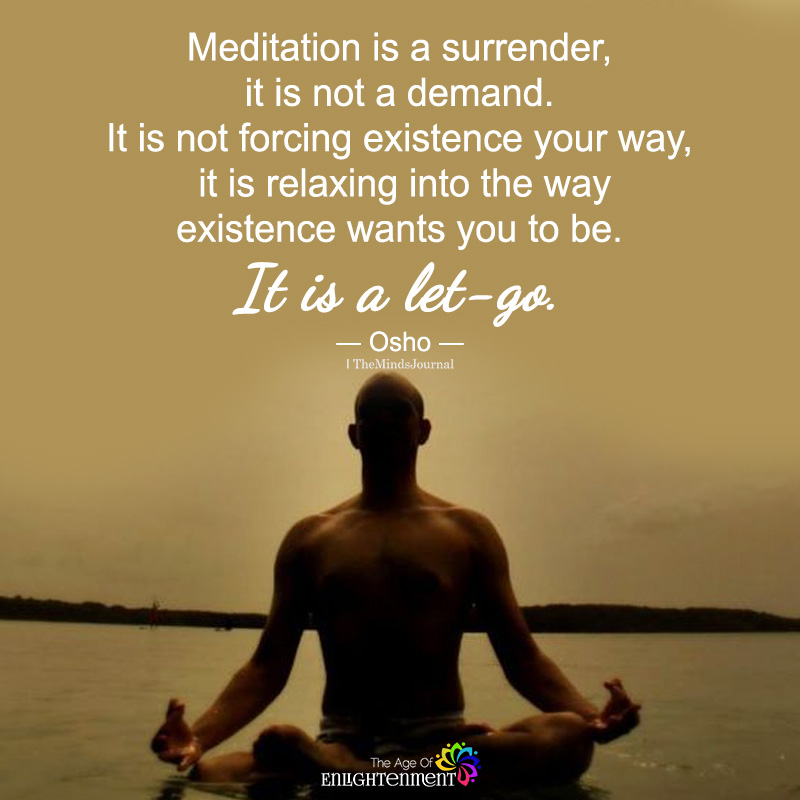
Meditation is a practice. There is no right or wrong way to meditate. The more you practice, the better you get at it. Someday you may have a terrible experience as your mind will wander repeatedly, other days you may feel highly calm and relaxed. Training your mind is like training your body. It will take regular and consistent practice to master. When it comes to meditation, your journey will be more important than your destination.
The experience of practicing meditation for beginners is like falling in love or eating your favorite food, which cannot be described easily. You will have to find it out yourself.
The essence of meditation
“Awareness is the essence of meditation, not the experience. Peace …calm …joy are not the essence of meditation, these are all experiences.” – Yongey Mingyur Rinpoche
Yongey Mingyur Rinpoche, a Buddhist monk & Tibetan meditation master, believes the essence of meditation is awareness. The practice helps us to explore our own minds and heart.
Meditation does not help us to get rid of our negative qualities or things we don’t like about ourselves. It simply allows us to experience a wealth of awareness. You will not become a better person through meditation. However, you will become aware of your thoughts and feelings and realize that you are already complete and whole. We connect with our true self through the practice of meditation.
Rinpoche, author of the New York Times bestseller The Joy of Living: Unlocking the Secret and Science of Happiness, believes –
“Meditation is what we call awareness; if you know you understand, then that is awareness; if you don’t understand and you know you don’t understand, that is also awareness; if you know you’re confused, that’s also awareness.”
Related: 7 Simple Strategies to Increasing Mindfulness in as Little as 30 Seconds
The Monkey Mind
Okay, so now that you know what meditation is and the true essence of meditation, the only question that arises is why should you meditate (although if you are still reading this, you probably know why).
The most important reason for anyone to meditate, especially those suffering from depression, stress, and anxiety, is to get better control over your mind. It won’t be easy, but it’s doable. Our mind is uncontrollable. That’s a given. It often acts like a crazy monkey, believes Yongey Mingyur Rinpoche. He says –
“Everyone has a monkey mind. Monkey mind says do this and do that, and if we listen, it causes problems and we can become crazy. If we fight the monkey mind, it becomes the enemy, so make friends with it.”
Rinpoche adds –
“The monkey mind is always going here and there, and you cannot concentrate. Sometimes it makes us feel upset, or maybe it makes us angry, or jealous of others. You want to control your feelings, but monkey mind won’t stop talking…you cannot be happy if you just listen to the monkey mind.”
However, controlling the monkey mind might be easier than we think. In fact, the harder we try to restrain the monkey inside our head, the more difficult it will get. So what should you do? Meditate. Isn’t that obvious by now?
Scientifically proven as the happiest man alive, Rinpoche believes –
“Controlling the monkey mind is too difficult. It is too wild. What I say instead is: ‘guide the monkey mind’. Make friends with the monkey mind.”
So what we need to do is assign some tasks to the monkey mind and keep it busy, like chanting a mantra or bringing your attention to your breath. He says –
“The monkey mind likes when you give it small jobs, like ‘focus on breath. Keep giving it jobs that it’s happy doing. Once you give it jobs, the monkey mind starts to behave better, and you become the boss. Meditation is like giving it a purpose so it has no reason to wander.”
The truth is you can have much better control over your mind and emotions simply by “practicing meditation and awareness.”
Why you should meditate
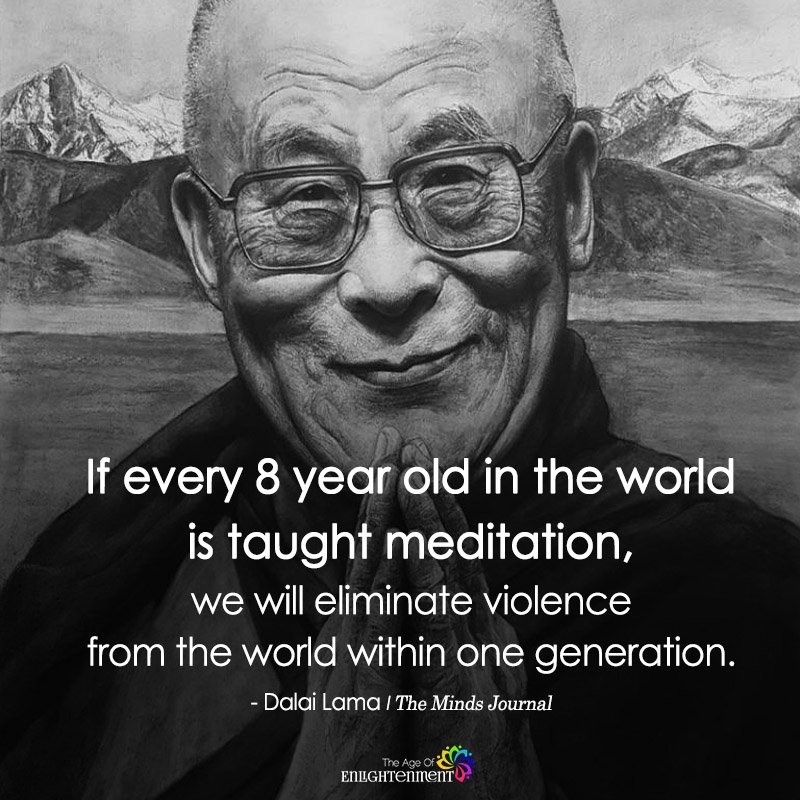
Relaxation and peace is not the goal of meditation. It is only a result. Contemporary research has found that practicing meditation on a regular basis, has several long-term and short-term benefits on your body and mind.
Related: 5 Mindfulness Hacks To Feel Better Instantly
Practitioners experience a wide range of benefits as regular meditation helps to –
1. Expand your brain in thickness & volume resulting in enhanced memory, self-control, concentration, etc.
2. Create a better connection with your own self.
3. Increase the flow of blood to the brain for improved brain functions.
4. Reduce production of the stress-induced hormone cortisol reducing stress and anxiety.
5. Calm your mind by decreasing EEG activity.
6. Lower heart rate and blood pressure.
7. Increase neuroplasticity which makes you more efficient.
8. Boost the production of good neurotransmitters like dopamine and serotonin that control our moods.
9. Trigger the parasympathetic nervous system that helps to reduce stress.
10. Improve your immune system.
11. Boost the amount of grey matter in the brain which controls muscle, vision, hearing, speech, memory, and emotions.
12. Lead to enhanced muscle relaxation and reduces muscle tension.
13. Drastically slows down the aging process by boosting melatonin & DHEA.
14. Reduce and prevent conditions like depression.
15. Improve stress resilience by triggering the parasympathetic nervous system.
16. Increase awareness of the present moment by stimulating the prefrontal cortex.
17. Improve your ability to learn new skills and information.
18. Boost compassion and empathy.
19. Increase your sense of purpose & meaning.
20. Enhance intelligence and emotional stability through regular practice.
21. Makes you more energetic by requiring less sleep.
However, the real benefit of meditation, as per Buddhist philosophy, is the liberation of your mind from attachments and things we can’t control. You will experience a sense of inner peace and harmony as you become more liberated.
The Basic Approaches To Meditation
When trying to understand meditation for beginners, you must gain some insight into the 2 fundamental approaches to meditation. All meditation techniques basically fall under two major camps. Irrespective of what type of meditation you prefer to practice, it will largely fall under these two approaches:
- A focused awareness meditation
- A free awareness meditation
Focused awareness meditation
When you meditate with a seed, it is referred to as focused awareness meditation. This means you focus your attention on a particular thing like a mantra or the sensation of your body (Vipassana) or even your breath.
On the other hand, when you meditate without any seed, it is known as free awareness meditation. When following this approach, you focus your attention on your awareness itself. As this is an advanced approach, you acknowledge your thoughts and let go as you do not focus on any specific thing.
Both approaches lead to the same destination to deep concentration, inner peace, harmony, relaxation, confidence, and clarity.
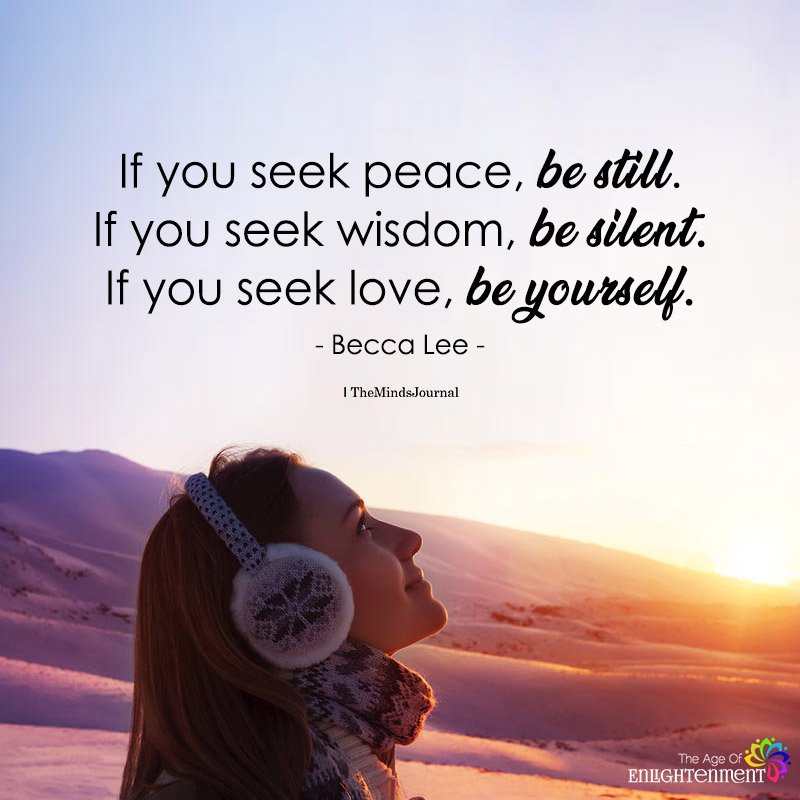
6 Types of meditation
As I said before, there is no right way or wrong way for you to meditate. However, it is crucial that you find the meditation practice which is suited to your needs. Here are the 6 most popular, but not limited to, meditation practices that you can choose from-
- Mindfulness meditation
- Spiritual meditation
- Movement meditation
- Focused meditation
- Transcendental meditation
- Mantra meditation
As not all these meditation styles will be right for each and everyone, you need to develop a particular mindset to practice your preferred style. Just go for whichever one feels the most comfortable to you and you feel motivated to practice.
Related: 10 Creative Mindfulness Exercises For Kids
1. Mindfulness Meditation
Mindfulness meditation is perhaps the most popular and widely practiced style of meditation, especially in the West. Based on ancient Buddhist teachings, mindfulness meditation is the most simple practice that requires you to focus your attention on your breath.
You simply observe and allow your thoughts to appear and pass without judging them or getting involved in them. By focusing on your breath or any object, you observe your emotions, thoughts, and bodily sensations.
2. Spiritual Meditation
This type of meditation is primarily practiced in Eastern religions, like Daoism, Hinduism, and even in Christianity. It is very similar to praying in silence where you focus on the silence and reflect on your thoughts. The focus here is on seeking a deeper connection with the Universe or God.
3. Focused Meditation
This form of meditation requires you to concentrate on something based on any of your 5 senses. You can either focus on your breath or any external objects, count beads, look at a candle flame or listen to gongs or bells. It may sound simple, but it will certainly require a lot of practice like any other form of meditation.
4. Movement Meditation
Most forms of meditation require you to remain seated in a particular position. But this style of meditation requires you to focus on your body while in motion. Movement Meditation, also known as walking meditation, is a variant of mindfulness meditation and is also related to Tai chi, Yoga, and various other forms of martial arts. You can practice this while walking through the woods, playing a sport, gardening, walking your dog, etc.
5. Mantra Meditation
Mantra meditation or chanting meditation is widely recommended by Eastern and Western religions. While chanting, your mind must be focused on the sound and melody of the mantra, like the very popular “Om” mantra. The repetitive sound of the mantra helps to cleanse our minds, makes us more alert, and deepens our awareness.
6. Visualization Meditation
Here you are required to visualize a particular image that invokes a specific feeling in your mind. You can close your eyes and imagine a beautiful mountain lake, a pristine beach, a lush meadow, the open sky, or any other landscape or visualization that you can relate to. This type of meditation is believed to help the practitioners get rid of negative or unwelcome thoughts and attain inner peace.
Related: Mindfulness Meditation For Panic Disorder Relief
How should you start meditating as beginner
Meditation for beginners should be easy to practice. Now that you have got some idea about meditation, what you need to do now is to forget it all and clear your mind before you get started. Yes, you heard me right. You will have the best meditation experiences only when you view it as a simple practice that you can do anytime you want. The information I provided above, is to give you an overview of what meditation is, not to confuse you or make the process complicated for you.
Yongey Mingyur Rinpoche says beginners should keep things simple and easy when starting meditation. You surely don’t want to argue with a Buddhist monk, especially when he is the happiest person in the world. The meditation master recommends that you keep your sessions short during the first few days or even weeks. He suggests –
“You cannot meditate a lot at the beginning; it’s not a good idea. If you are very new, maybe do 5 minutes a day. But do it for 30 days. Then, it will become a habit. Once you build up that habit, you can add another 5 minutes, and it gets easier and easier.”
As a rule of thumb, it is widely believed that a daily 10 minutes of meditation practice can have significant effects on your body and mind. But it mainly depends on you and how you want to go about it. As I have been practicing mindfulness meditation for a few years now, I would recommend you get started with mindfulness meditation for beginners as it is perhaps the simplest and most effective method. You may also try guided meditation as a beginner if you want.
Here’s how you can start practicing meditation as a beginner-
1. Pick a spot
Choose a location in your home which is distraction-free and has decent room temperature. It can be your bedroom or living room or any place you feel comfortable in.
2. Sit down comfortably
Sit down on a meditation cushion or chair in a comfortable position with your spine straight. Imagine an invisible string is tied to the top of your head and it is connected to the ceiling above. Maintain this posture as comfortably as you can.
3. Close your eyes
Gently close your eyes without exerting any force to keep them shut. Keep them softly closed throughout the entire duration of the session.
4. Breathe
Start with a few deep breaths: take a long, slow, deep breath in (for a count of 4 seconds), now hold your breath (for another count of 4 seconds), then gently and slowly release your breath (again for 4 seconds). After doing this a few times, relax your breath and breathe naturally. Do not make any efforts to control the pace of your breaths.
5. Focus
As you close your eyes and start breathing, bring your entire attention to your breaths. Focus on how you inhale, the exact moment when your inhalation ends and you start holding your breath, and when you start exhaling your breath releasing it fully. Keep your attention on the entire process of breathing in, holding your breath, and breathing out.
When you breathe, focus on how it feels on the tip of your nose and inside your nostrils. You may focus your attention on any specific element of your breath. Just keep breathing naturally. That’s it. That’s all you need to do. But it’s easier said than done.
Related: Meditation And Yoga Can Reverse DNA Reactions Which Cause Stress
6. Be aware
As you already know that awareness is the essence of meditation and that your mind will wander while you meditate, the next thing you need to do is be aware. Every time you start thinking of something or your mind gets engaged in something external, gently bring your focus back to your breath without any judgment. Every time your mind wanders, repeat the process. The more you are aware, the better your practice will be.
Otherwise, you are just sitting there motionless, which is not what you want. Awareness is everything in meditation. And this is the hardest part. You can also do a full-body scan to see how each part of your body feels while you meditate.
You might feel bored. You might wonder when it’s about to end. You might feel a slight pain in your knees, back, and other joints. But as long as you are sitting comfortably, keep your focus on your breath unless you feel you are done with your practice, which can be 2, 5, or 10 minutes during the first few weeks.
Forget the ‘HOW’. Just DO.
Don’t try to perfect your practice just yet. Make mistakes. You don’t have to do it right. In fact, what you may perceive as wrong meditation might just be the perfect technique. So forget about your posture and your technique. Simply focus on your breath. As long as there is awareness, you are in a meditative state. And that’s all that matters.
When should you meditate
There are no specific rules regarding when you can meditate. You can meditate anytime you feel comfortable and ready. However, try to avoid practicing meditation after eating as it is best to meditate on an empty stomach. The only thing that matters is that you do it regularly and consistently.
If you are still looking for some advice, here are some suggestions that you can follow to start meditating.
Early morning
Early morning is often considered the best time for meditation as your mind is calm and your vibrations are high. Immediately after you wake up, clear your mind and meditate. Then set your intentions and start your day with full energy.
After working out
You can also meditate after exercising. This is also a good idea as your body has released excess energy and tension. It is feeling calm and relaxed physically and mentally. This can help you to meditate easily and reach a calmer state of mind.
Before sleeping
Practicing meditation before going to bed is also a great idea. It will not only help you sleep better, but also uplift your mood after a long tiring day. Meditation before sleeping will help you connect with yourself on a deeper level.
So there you have it. All you will ever need to know as a beginner planning to start meditation. Now that you have a fair idea about what it is and how you need to do it, it’s about time that you get started.
So sit down, close your eyes, breathe and calmly say “Om”.
Related: Meditation: A Mystical Practice That Leads You To A Prosperous Life
Here are 5 helpful tips on meditation from Tibetan meditation master Yongey Mingyur Rinpoche:
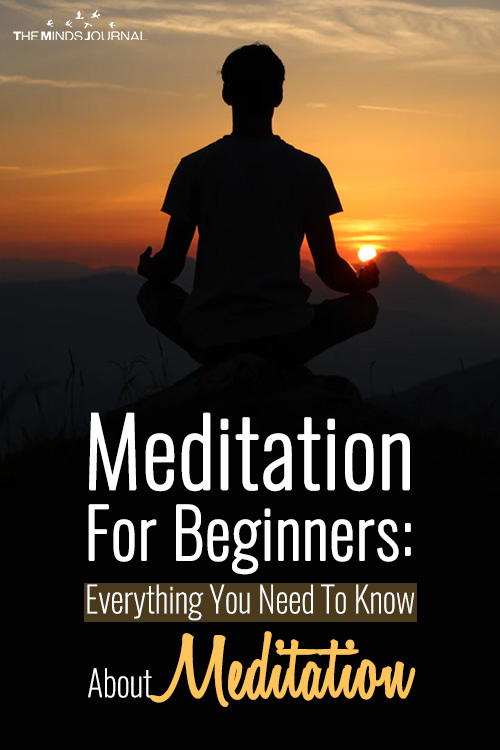
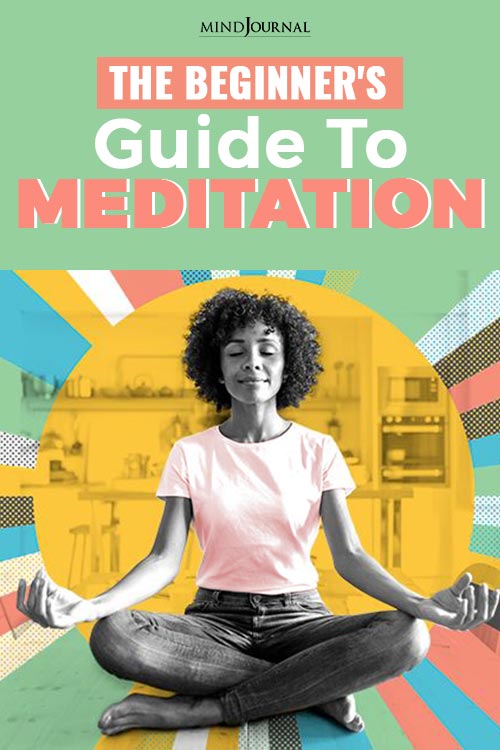
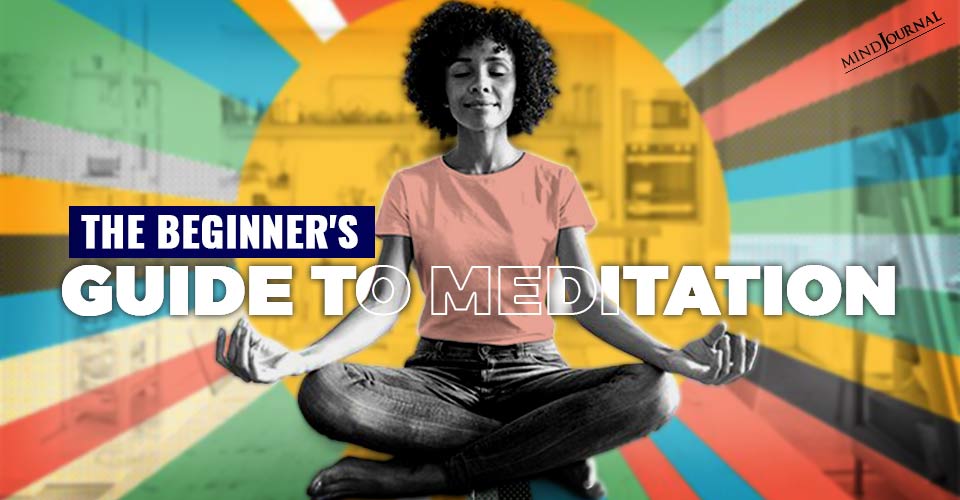
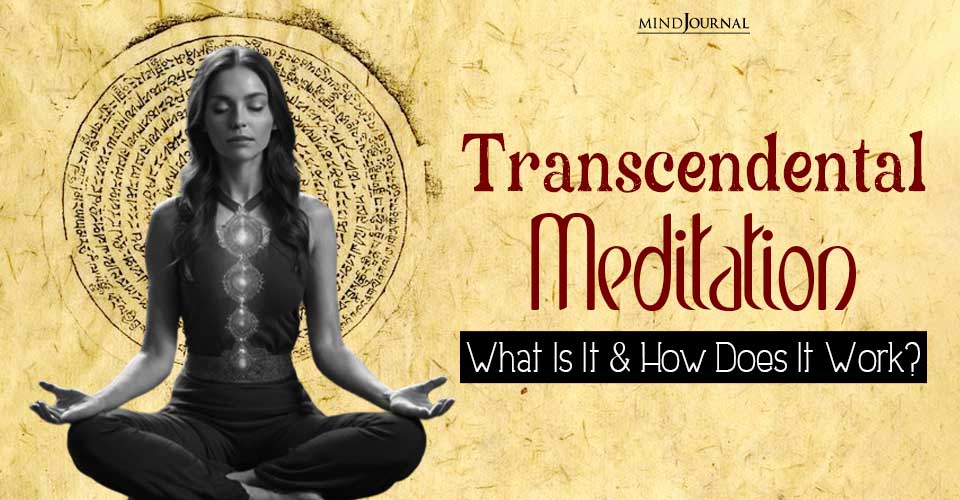
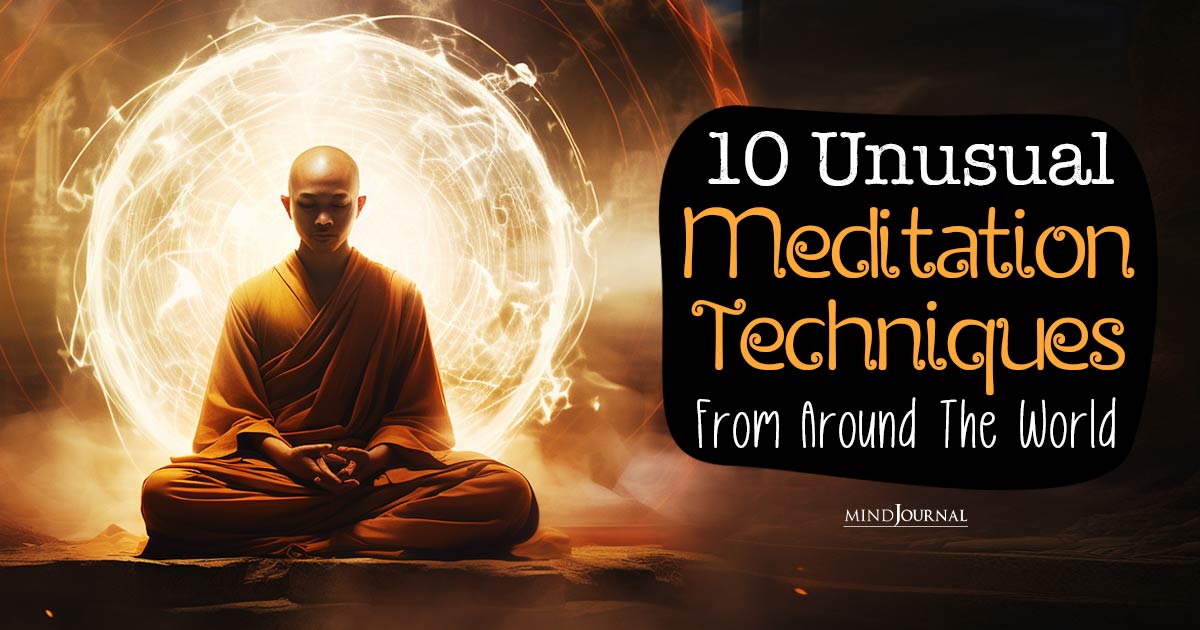
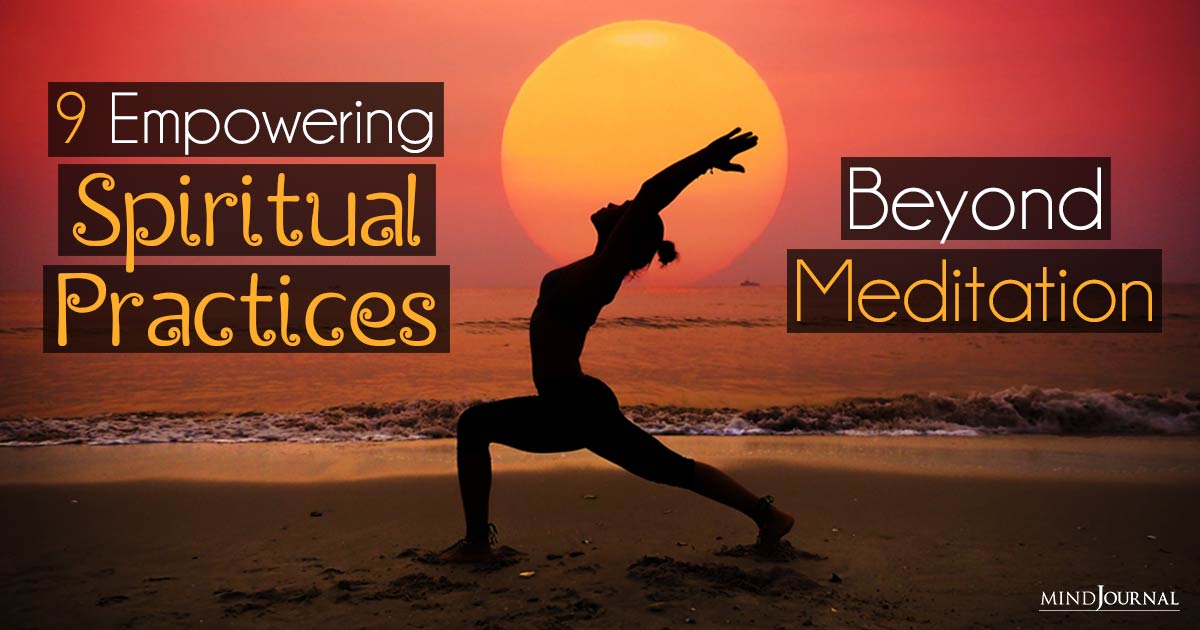
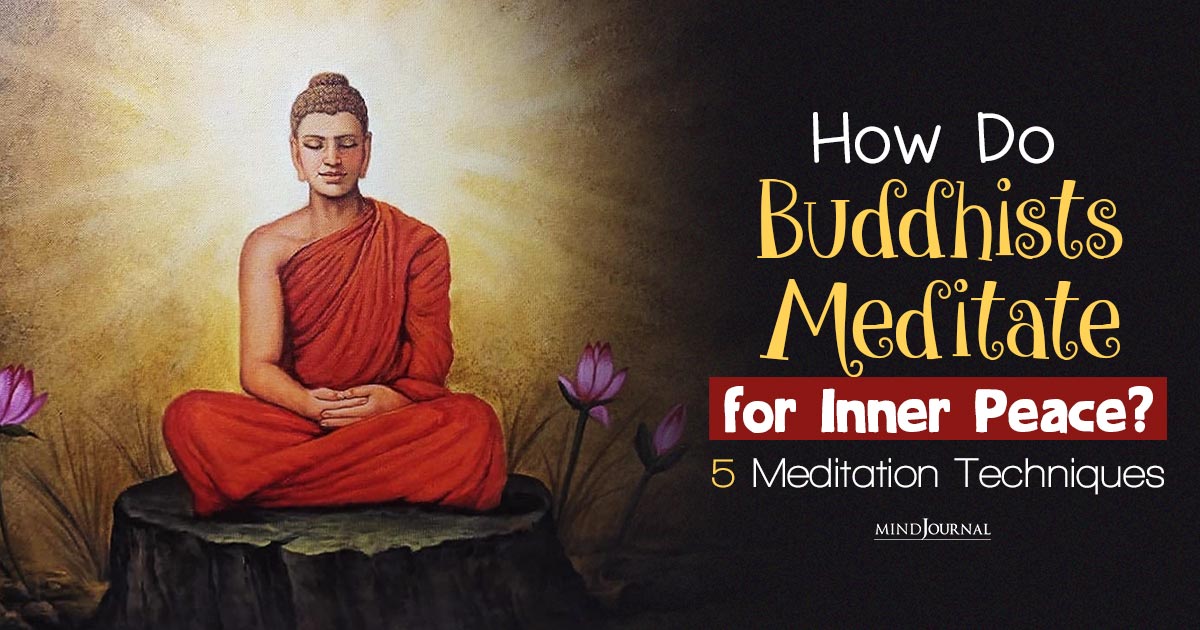
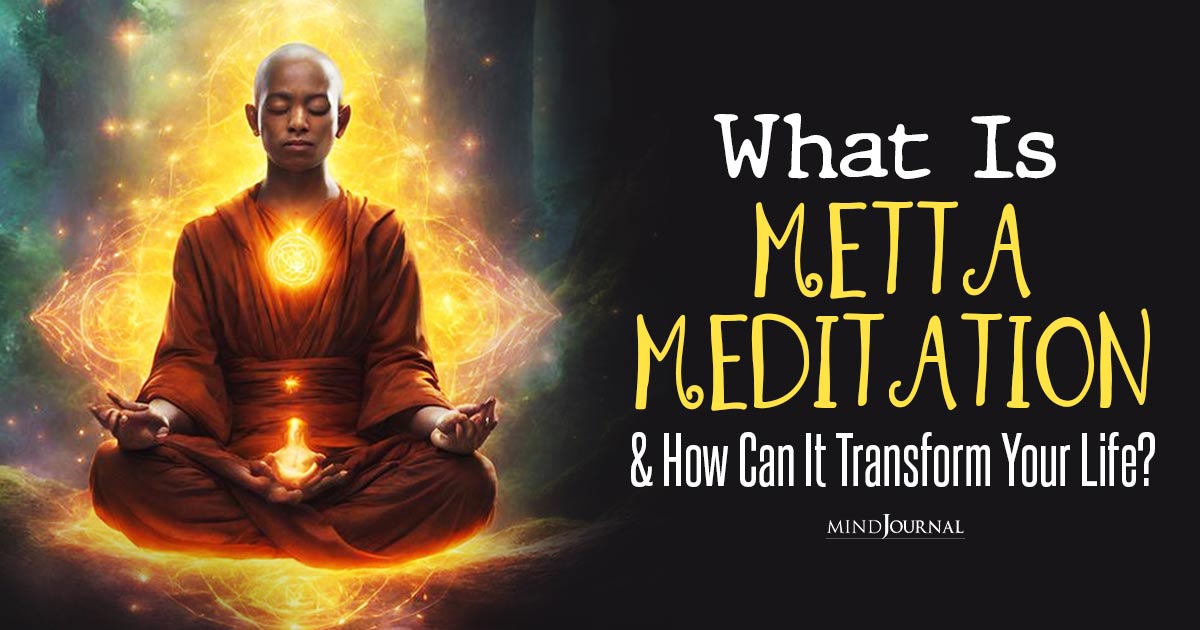
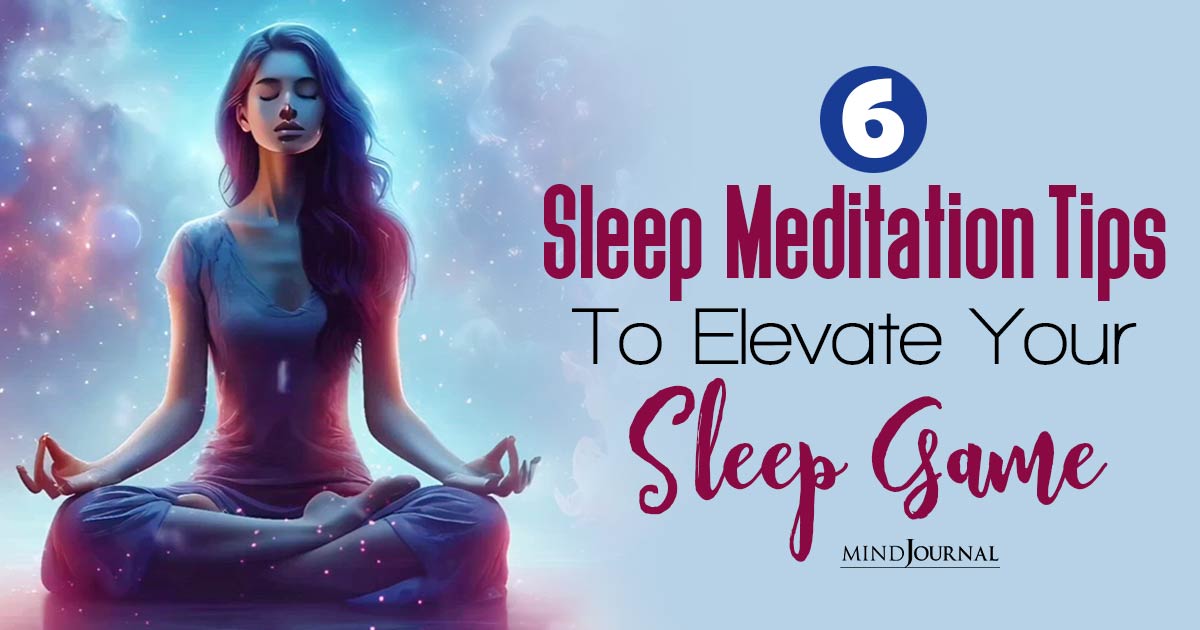
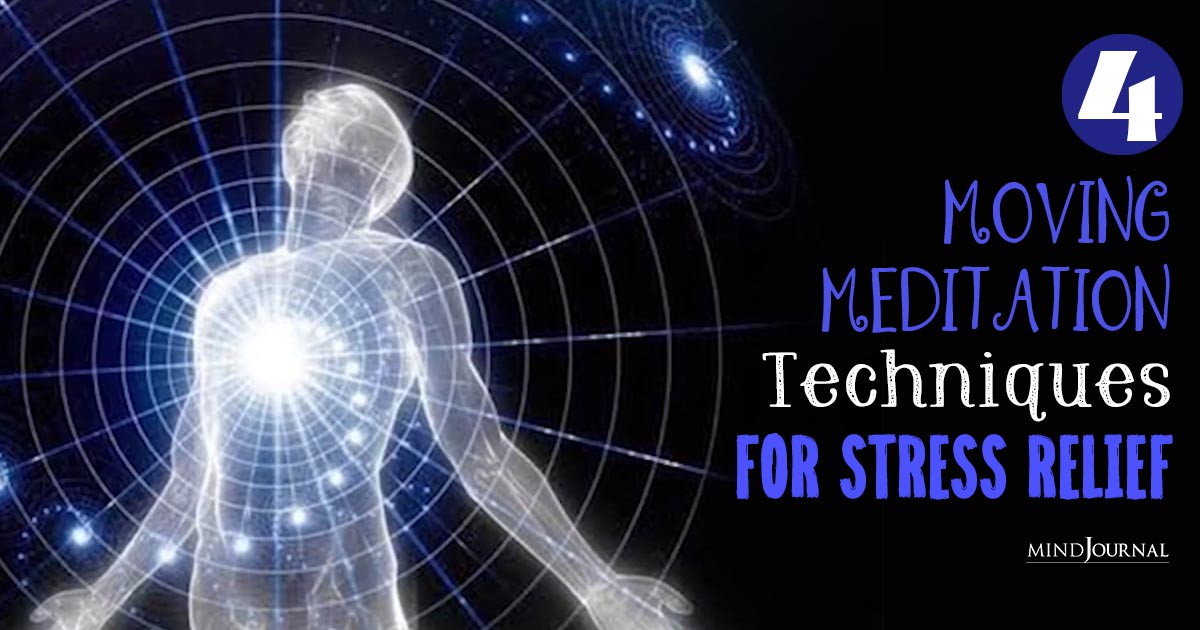
Leave a Reply
You must be logged in to post a comment.